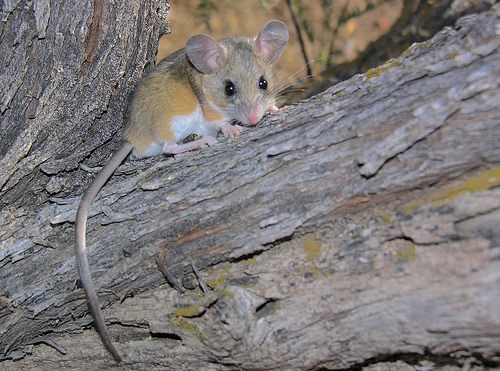It’s getting warmer and the wildlife is starting to move around; unfortunately, that means that the Government of Saskatchewan is again warning residents to take precautions against hantavirus.
There have only been about 30 cases of hantavirus in the province since 1994, but the government warns to always take precautions.
Hantavirus is spread through the inhalation of inhaled particles from droppings, urine, and saliva from infected deer mice. Initial symptoms include fever, cough, muscle aches, and headaches, but can evolve into hantavirus pulmonary syndrome.
“The thing with hantavirus is the respiratory symptoms become very pronounced and the pulmonary syndrome can result in coughing up blood,” said Dr. Johnmark Opondo, deputy medical health officer for the Saskatoon health region. “As it progresses, the respiratory symptoms become worse and worse.”
Saskatchewan’s Deputy Chief Medical Health Officer, Denise Werker, said in a news release to seek medical attention if you experience fever, coughing, or shortness of breath within one to six weeks of potential exposure to mouse droppings.
Treatment includes antiobiotics or antivirals, but is mostly supportive (keeping the patient comfortable, giving them fluids, etc.). This is essentially supporting the patient until their bodies produce antibodies necessary to allow them to support themselves.
The risk of exposure is higher in the spring, since the deer mice are becoming active and people are doing spring cleaning, like clearing out garages or cabins where mice may have been living during the winter.
“The first thing most people do is do a sweep and spring clean, and that is the problem, because that’s when you’re raising dust and might inhale particles that contain hantavirus infected particles from droppings of mice,” Opondo said.
Opondo says the best way to limit exposure is to try to prevent mice from entering your home in the first place. However, he does acknowledge that this is sometimes easier said than done. Some ways to prevent mice from entering the home is to monitor entrances and try to block openings as much as possible, as well as keeping food sealed off and garbage contained in tightly closed bags.
If you do come across droppings, the important thing is to clean it up carefully and try to avoid raising dust as much as possible.
“If it’s an area that you think mice might have lived in or infested for a while, then you need to be careful,” he said. “You don’t want to raise a dust storm and be in the middle of that.”
The Government of Saskatchewan advises the following in order to avoid contracting hantavirus:
When cleaning rodent-infested areas people should:
- Ventilate the building by opening doors and windows for at least 30 minutes before cleaning;
- Use wet mopping methods and wear rubber or plastic gloves;
- Wear goggles and a filter mask when cleaning areas contaminated by droppings in a confined space;
- Dampen areas contaminated with rodent droppings with bleach disinfectant and remove droppings with a damp mop or cloth;
- Avoid using dry cleaning methods such as dusting, sweeping, vacuuming or air-hosing;
- Steam clean, shampoo, or spray upholstered furniture with a detergent, disinfectant, or a mixture of bleach and water; and
- Wash clothes and bedding with detergent in hot water.
You can also reduce exposure to hantavirus by:
- Blocking openings that might allow rodents to enter a building;
- Storing human and animal food, water and garbage in containers with tightly-fitted lids; and
- Moving woodpiles or other potential hiding places for mice away from your home.




